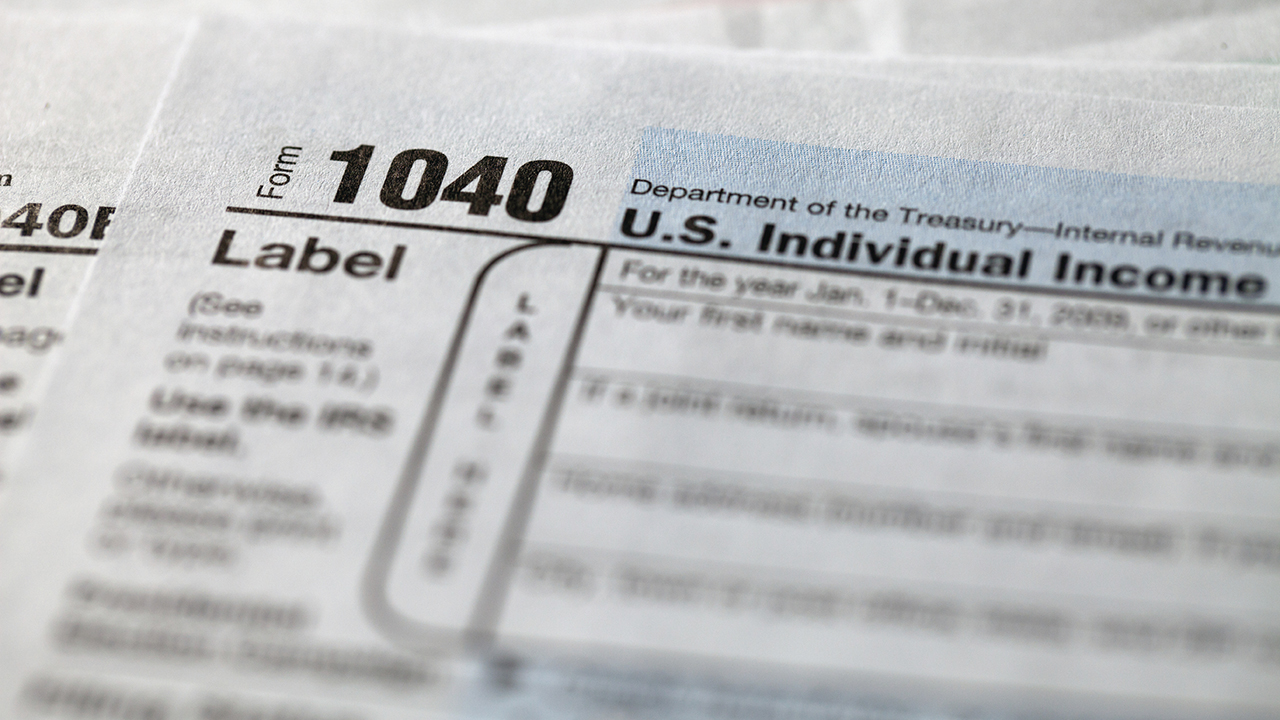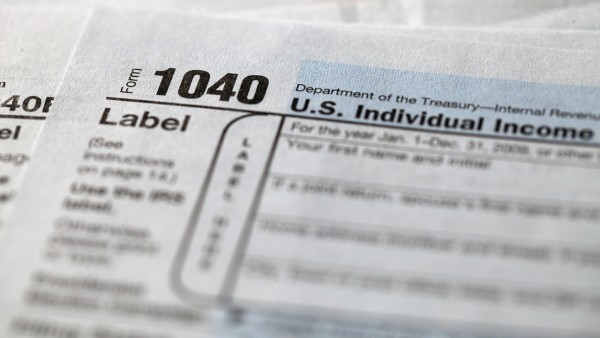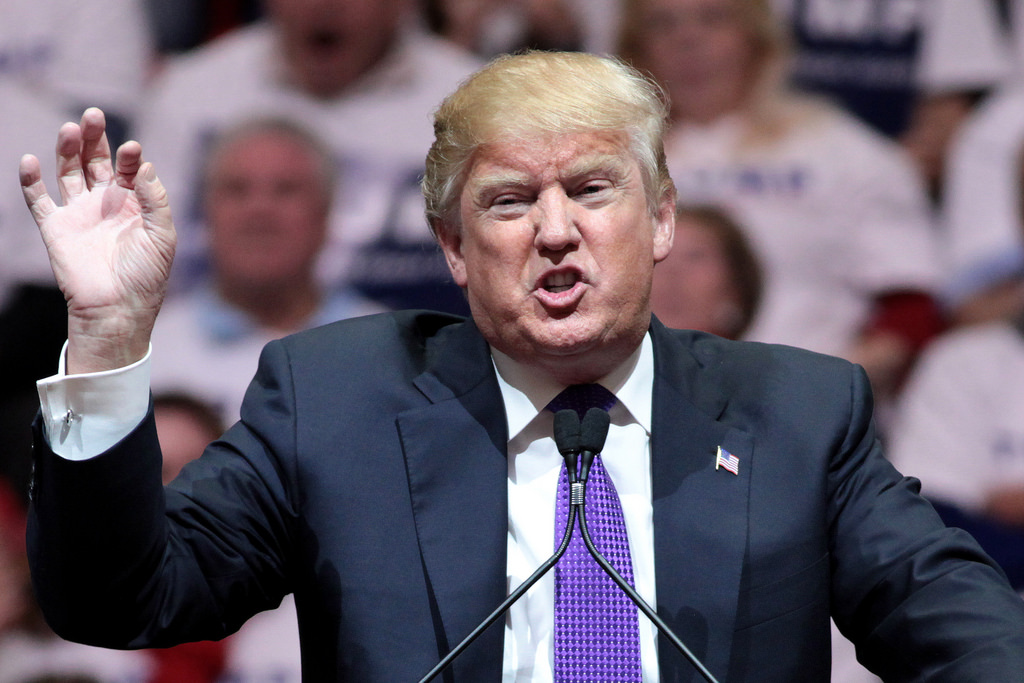Abortion rights, women of color, and LGBTQIA+ people are under attack. Pledge to join us in fighting for gender justice.
Five Reasons Why Trump’s Tax Plan is Awful

 This Saturday, April 15 is the Tax March and we are marching to demand that Donald Trump release his tax returns and show the American people who he’s working for. We demand accountability and transparency from our leaders; President Trump does not get to abide by a different set of standards.
This Saturday, April 15 is the Tax March and we are marching to demand that Donald Trump release his tax returns and show the American people who he’s working for. We demand accountability and transparency from our leaders; President Trump does not get to abide by a different set of standards.
This becomes especially important as we head into tax reform. The American people deserve to know how President Trump may be benefitting himself from his own proposals. We need a progressive tax system where everyone pays their fair share of taxes. We do not need to give tax breaks to already profitable corporations and the wealthy – those who least need more tax breaks.
And what we do know about President Trump’s tax proposals is pretty awful. He released his tax plan early in the presidential race, but also released his 2.0 version last fall (it’s no longer on his website, so here’s the Internet Archive version). And here are five reasons why it’s awful for women and families:
- It would increase taxes for many single parents by eliminating the head of household filing status. A Tax Policy Center analysis of Donald Trump’s tax plan showed that he would increase taxes for over half of single parents by eliminating the head of household filing status. Donald Trump would also increase the standard deduction but get rid of personal exemptions – this means that single parents with two or more children would have more taxable income and pay higher taxes. Altogether, over one half of single-parent families would see a tax increase based on these changes to the head of household status and the personal exemption.
- The child care tax plan would be another tax giveaway to the wealthy – and wouldn’t help the families that truly need it. The proposal offers a tax deduction for child care expenses, which predominantly benefits high-income tax filers. Deductions allow people to lower their taxable income, so they pay lower taxes. This also means that the deduction is worth more if you pay a higher tax rate – so if you’re in a high income tax bracket, your deduction saves you more money. And if you have no federal tax liability, a deduction saves you nothing. And the small refundable tax credit the proposal offers is worth much less for lower income families than the deduction would be worth for higher income. The plan also creates tax-free Child and Dependent Care Savings Accounts, which also disproportionately benefits of the wealthy. Families living month to month and struggling to make ends meet can’t afford to set aside money for these kind of accounts.
- Trump’s tax plan threatens the stability of programs that provide a basic living standard for low-income families. Projections for the Trump tax plan are varied, based on different assumptions by authors in how different provisions will be enacted. But one thing is consistent across all of these analyses – the tax plan will decrease the amount of money that the government makes by trillions of dollars. This means that President Trump must either decrease federal spending or increase the deficit. And based on his skinny budget, it’s clear that Trump is open to dramatically cutting the lifelines of many families. His skinny budget proposes eliminating heating assistance for people in poverty, funding for Meals on Wheels, and low-income housing help.
- Trump is considering getting rid of the payroll tax, which would destabilize Social Security. The payroll tax is a dedicated funding stream for the Social Security trust fund, which working people pay into with the promise that they will receive Social Security benefits after they retire or Social Security Disability Insurance benefits if they are unable to work due to a disability. Social Security is especially important for women, who have lower retirement savings on average and tend to live longer than men. But without a dedicated funding stream, Social Security would have to rely on appropriations to the program or deficit spending to pay out benefits that recipients have earned after a lifetime of work. This destabilizes Social Security and subjects it to the political whims of Congress.
- People like Trump would pay even lower taxes, and the plan would overwhelmingly benefit Trump too. While the American people are still waiting to see Donald Trump’s tax returns, what we have seen suggests he will benefit bigly from his tax plan. Based on two pages from his 2005 tax returns, he would likely save millions from his tax plan each year. Just eliminating the alternative minimum tax alone would allow him to pay less than a 4 percent tax rate. In addition, lowering the tax rate on pass-through businesses to 15 percent would also help Trump, since he owns hundreds of pass-through businesses. And eliminating the estate tax would save his heirs millions, as well as helping out many of Cabinet members’ families. As a matter of fact, although only 0.2 percent of estates are subject to the estate tax– at least half of Trump’s Cabinet is so rich that they would likely be subject to the tax(the estate tax kicks in at $5.45 million for individuals and $10.9 million for couples).
The White House is currently developing a tax reform bill to send to Congress this summer. Based on everything we’ve seen from Donald Trump’s tax plan, it’s going to be pretty terrible. When president Trump says “tax reform,” what he seems to really mean is “tax cuts for the wealthy.”




